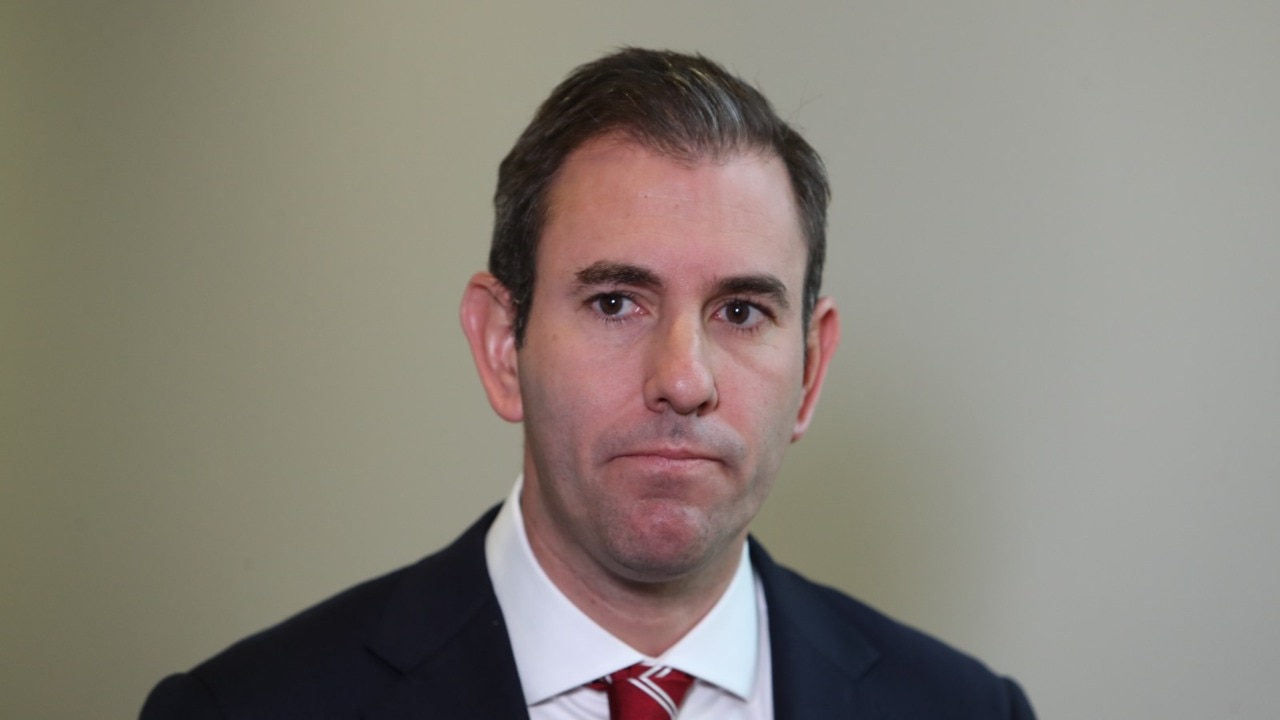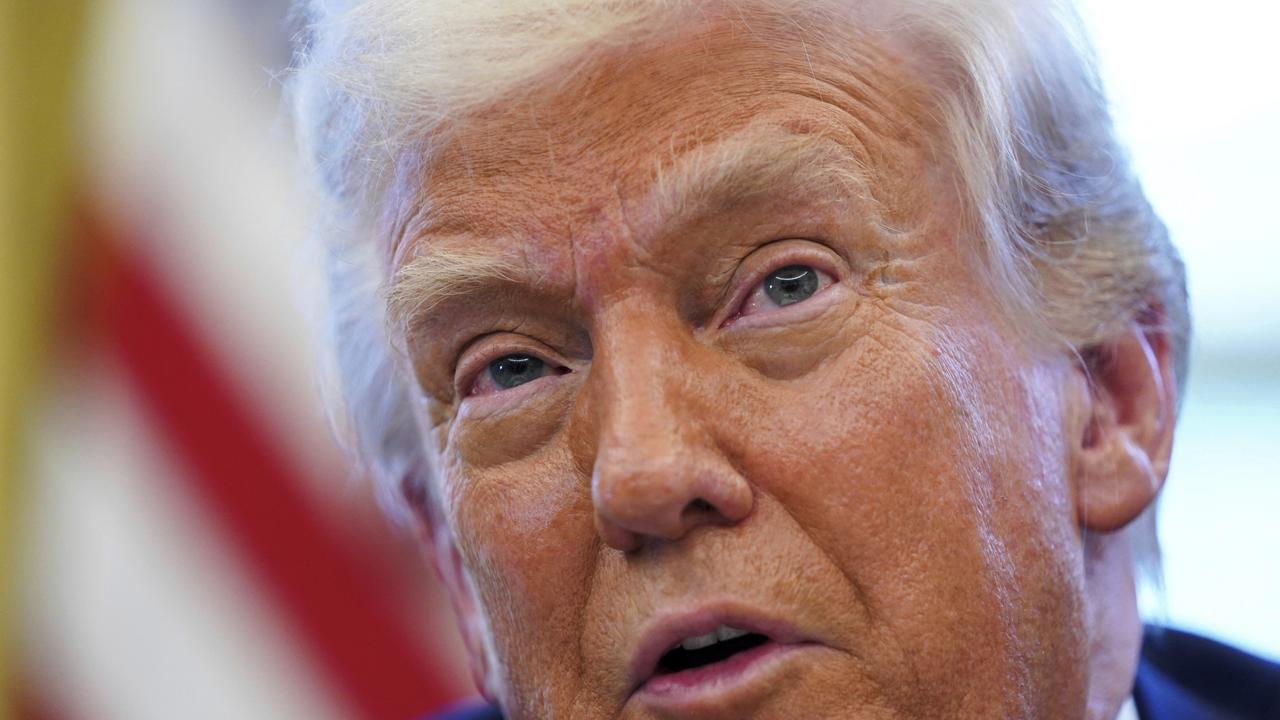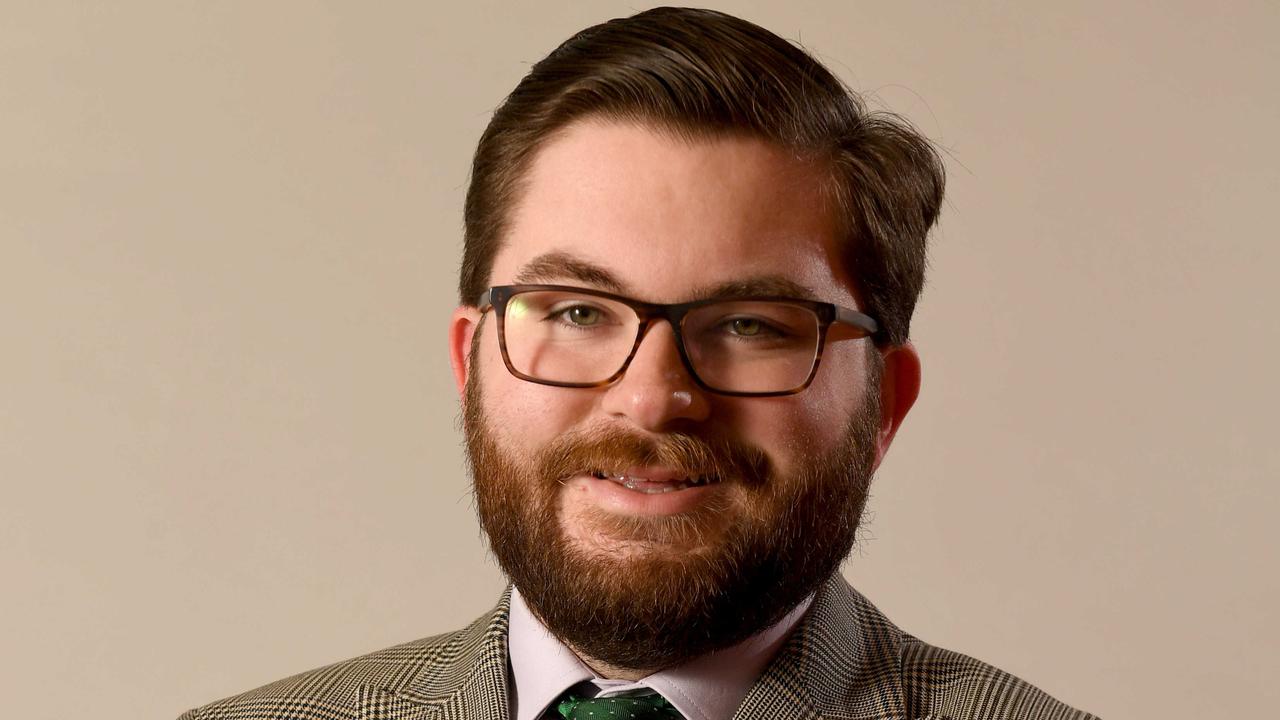Paul Starick: We have been living in extraordinary times. Even during the pandemic | Analysis
Most of us don’t know the real pain of recession or crippling debt but now those spectres loom for two new Labor governments, writes Paul Starick.

Opinion
Don't miss out on the headlines from Opinion. Followed categories will be added to My News.
The tide is turning irrevocably toward economic concerns, even after two elections within two months were dominated by health, climate change and political integrity.
Just two days after being sworn in as federal Treasurer, Jim Chalmers on Wednesday warned of “a full-blown cost of living crisis in this country” that was set to worsen.
“The defining challenges in our economy are skyrocketing inflation, rising interest rates, falling real wages,” Mr Chalmers declared.
Anyone who has filled up their car with petrol in the past week or so understands that increased fuel costs are another hit to the household budget, despite fuel excise cuts of 22 cents per litre remaining until September.
Global headwinds are surging, from geopolitical tensions like China’s Pacific power grab and Russia’s Ukraine invasion. Household costs are rising as inflation soars.

More than a third of all Australian businesses expect to increase the price of their goods and services during the next three months by more than usual, according to business conditions and sentiments data released by the Australian Bureau of Statistics on Thursday.
This is the backdrop for state Treasurer Stephen Mullighan as he prepares to deliver his first budget on Thursday.
He has to start paying for $3.118bn in Labor election promises, which involves $979m of new operating initiatives and $2.14bn of capital spending, including $1.145bn on health.
Releasing Labor’s election costings two days before the March 19 poll, Mr Mullighan said Labor would increase by $243m state debt that already has been forecast to balloon to $33bn in 2024-25.
“What we will be doing is increasing debt over the (four-year) forward estimates, so that we can build the health infrastructure and the education infrastructure over the next four years,” Mr Mullighan said at the time.
On Thursday, he attacked the previous Liberal government for hiking debt by $20bn, declaring SA could not “afford to keep racking up debt” at that rate.
“All governments around the world are facing higher interest costs on these high levels of debt. That comes at a real cost to the state budget and it comes at a real cost to the community, because every dollar spent on interest payments on that debt is one less dollar we’ve got available, for example, for investment in health and dealing with a ramping crisis,” Mr Mullighan said.
“So that’s the challenge I’ve got in front of me. That’s the challenge that the Malinauskas Labor government has got in front of it for the next four years.”

This economic crunch is unfamiliar to many South Australians. Priorities have shifted as our nation and state became more prosperous. The Rann Labor government paid down debt and embarked on an infrastructure spending program that resulted in Adelaide Oval, the Port River Expressway and the first stages of the North-South corridor.
As Mr Mullighan suggested, the Marshall Liberal government capitalised on historically low borrowing costs to fund spending on schools, roads and other infrastructure.
Homeowners would have to be approaching the wrong side of 50 to remember an interest rate rise on their mortgages, other than the May 3 cash rate hike to 0.35 per cent.
Most of those who paid double-digit rates – up to 17 per cent in 1990 – would be on the verge of retirement or already there. Similarly, only those of at least middle age will remember, as adults, the pain of the early 1990s recession.
30 years ago this month, South Australia was reeling from twin financial shocks, a national recession and the disastrous collapse of the government-owned State Bank.
The unemployment rate was 12 per cent. The seasonally adjusted figure did not fall below nine per cent until October, 1998, when it “sunk” to 8.8 per cent.
Not until May, 2004, did SA’s unemployment rate have a five in front of it, when it was 5.5 per cent. Since the late 1970s, the rate has rarely dipped below five per cent for sustained periods – apart from in recent months and in the mid-2000s.
The point is that we have been living in extraordinary times. Even during the pandemic, massive government spending cushioned the economic pain and staved off mass job losses.
Premier Peter Malinauskas has repeatedly stated his core ideology and that by which governments should be judged – providing decent working jobs for people and their families.
Labor governments have come to state and federal power vowing to tackle hospital ramping and address climate change.
Their tasks are already being greatly complicated by the simple challenge of paying for their promises.





